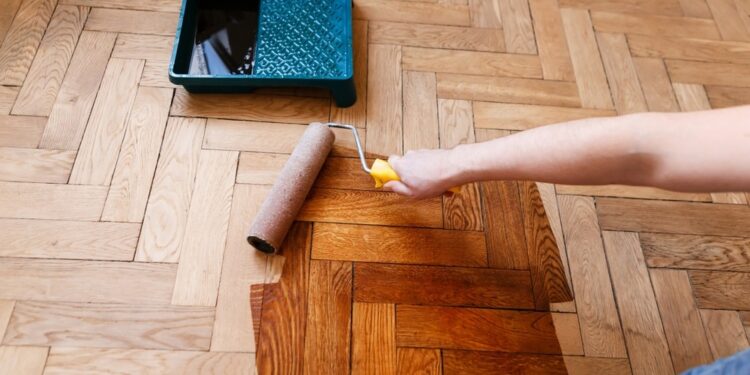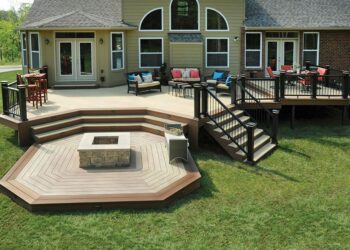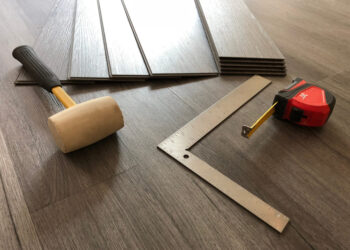Refinishing old floors is an excellent place to start if you want to transform your living space and add a touch of timeless elegance.
Revising your hardwood or tile floors can breathe new life into your home, making it more appealing and increasing its overall value. Let’s explore the art of refinishing old floors with a step-by-step approach to help you achieve a stunning result.
The Beauty of Refinishing
Refinishing your old floors offers many benefits, both aesthetic and practical. Here’s why you should consider this home improvement project:
Restoring Elegance
Over time, even the most beautiful hardwood floors can lose their luster due to wear and tear. Refinishing can bring back their natural beauty, making your space more elegant and inviting.
Cost-Effective
Replacing your entire flooring can take a lot of work. Refinishing, on the other hand, is a more budget-friendly option that can deliver outstanding results.
Sustainability
Refinishing helps reduce waste by preserving existing materials. It’s an eco-friendly choice that aligns with sustainable living principles.
The Refinishing Process
The refinishing process is a meticulous art that involves several crucial steps. It begins with a thorough inspection to assess the condition of your floors, followed by precise sanding to remove imperfections and prepare the surface. Staining, if desired, offers a chance to customize the floor’s color to your preference.
The application of a high-quality finish adds durability and sheen. After drying and curing, your newly refinished floors are ready to shine. It’s a process that breathes life into tired floors and transforms your living space.
Now, let’s delve into the step-by-step process of refinishing your old floors:
Inspection and Preparation
Before diving into the refinishing process, inspecting your floors’ condition is essential. Look for scratches, gouges, or areas where the finish has worn off.
Once you’ve assessed the damage, you can begin preparing the beds for refinishing.
Sanding
Sanding is a crucial step in refinishing. It involves removing the old finish and any imperfections on the surface. This process smooths the wood and prepares it for the new finish. Professional equipment and expertise are recommended for this step to achieve the best results.
Staining (Optional)
If you desire a different color for your floors, this is the stage to apply a stain. Staining allows you to customize the look of your feet to match your interior design preferences.
Applying Finish
After sanding and staining (if desired), it’s time to apply the finish. Choose a high-quality finish that suits your needs, such as polyurethane or oil-based. Proper application is essential for a durable and attractive result.
Drying and Curing
Allow the finish to dry and cure according to the manufacturer’s instructions. This step is crucial to ensure the longevity of your newly refinished floors.
Final Touches
Once the finish has cured, you can replace furniture and enjoy your beautifully refinished floors. Regular maintenance, such as sweeping and using table floor protectors, will help preserve their beauty.
Conclusion
Refinishing old floors is a fantastic way to breathe new life into your living space. It’s a cost-effective, sustainable, and aesthetically pleasing home improvement project that can transform your home.
Whether you’re looking to restore the elegance of your hardwood floors or update the look with a new stain, refinishing is worthwhile. Say goodbye to worn-out floors and hello to a more beautiful and inviting home.










